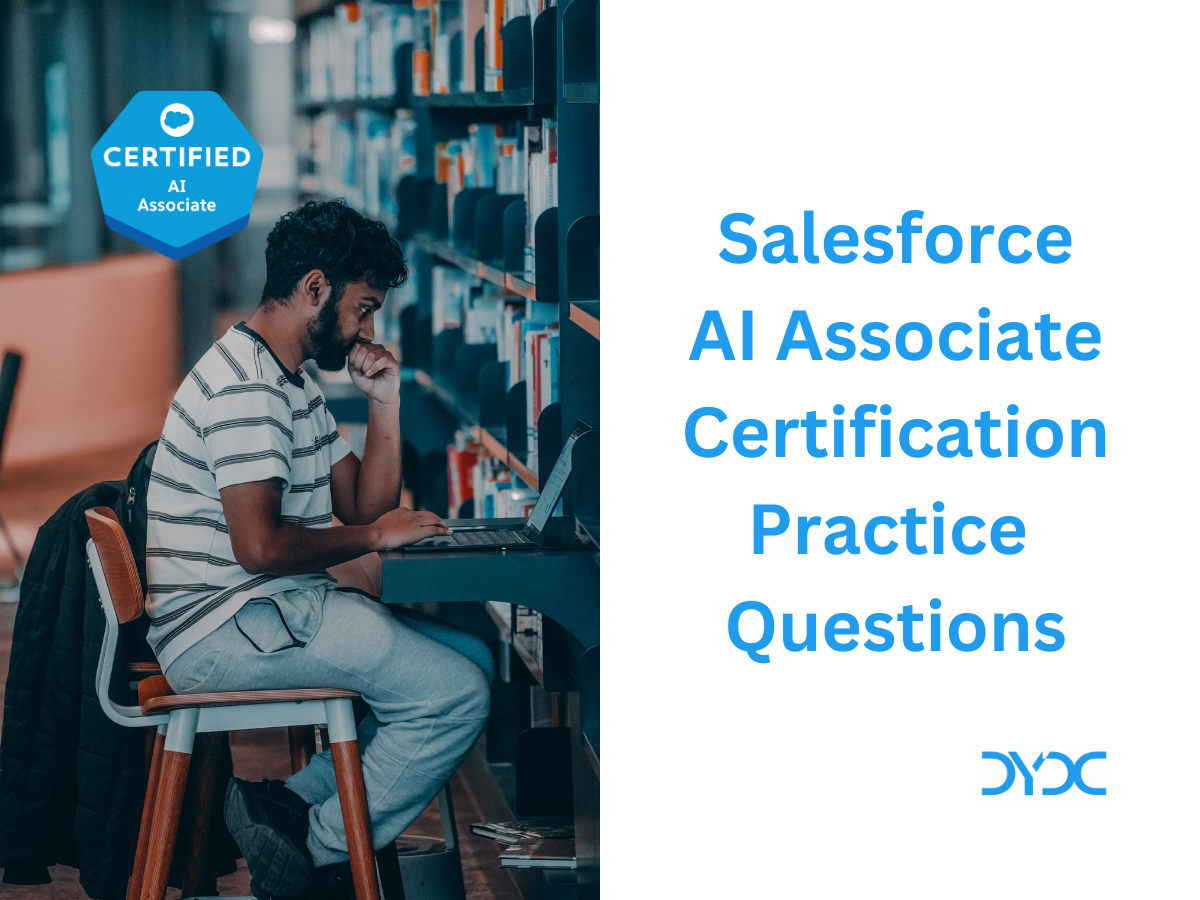5.3 Business Process Mapping: 16% (10 Questions)

- User Experience Basics
- Design Patterns
- How to Build Salesforce Diagrams
- Governance Basics
- Process Mapping for Business Analysts
- Process mapping: Creates visual representations of business processes. It includes any activity that defines what a business does, who is responsible for what, how standard business processes are completed, and how success is measured.
- Benefits of Process Mapping
- Make understanding and communicating the process much easier among teams, stakeholders, or customers.
- Help identify flaws in the process and where improvements should be made.
- UPN (universal process notation) is a simple way to document processes
- A process mapped using UPN answers, “Who needs to do what, when, why, and how?” at a glance
- 5 Principles of UPN
- No more than 8-10 activity boxes on a screen
- Drill down from an activity box to a lower level to describe the detail
- Attach supporting information to an activity box
- View and edit controlled by access rights
- Version control and history of changes at a diagram level
- Other Process Diagrams
- Capability Models or Industry Blueprints: List out the high level process areas
- Detailed Process Map: A flowchart that shows a drill-down version of a process that contains all the details of each step of the process and any subsequent steps along the way.
- SIPOC: A SIPOC map shows the key elements of a process such as Suppliers, Inputs, Process, Outputs, and Customers.
- Value Stream Map: Used to visualize the flow of material and information that is needed to bring a product to the customer.
- Why Business Analysis skills are important
- Business analysis increases Salesforce adoption
- Business analysis reduces rework
- Business analysis impacts architecture
- Business analysis increases agility and drives digital transformation
- Jobs to Be Done (JTBD) is a framework designed to help us define success from a customer perspective. It starts with a deeper inquiry that seeks to answer a simple question: What jobs are customers hiring your product or service to do for them?
5.4 Requirements: 17% (10 Questions)

- Requirements elicitation is the practice of researching and discovering the requirements of a system from users, customers, and other stakeholders.
- Requirement Elicitation Techniques
| Technique | Description |
|---|---|
| Brainstorming | Brainstorming is a group creativity technique by which efforts are made to find a conclusion for a specific problem by gathering a list of ideas spontaneously contributed by its members. |
| Document analysis | Documentary analysis is a type of qualitative research in which documents are reviewed by the analyst to assess an appraisal theme. Dissecting documents involves coding content into subjects like how focus group or interview transcripts are investigated. |
| Focus groups | A focus group is a group interview involving a small number of demographically similar people or participants who have other common traits/experiences. Their reactions to specific researcher/evaluator-posed questions are studied. |
| Interface analysis | Interface analysis is a type of requirement elicitation technique that assists in identifying the interfaces between solutions in order to determine the requirements for ensuring that the components interact effectively with one another. |
| Interviews | Interview is a structured conversation where one participant asks questions, and the others provides answers |
| Observation | By conducting an assessment of their work environment, the observation requirement elicitation technique is an effective way of determining how a user does their job. |
| Process modeling | Process modeling is a requirement elicitation technique of representing processes of an enterprise, so that the current business processes may be analyzed, improved, and automated |
| Prototyping | A prototype is an early sample, model, or release of a product built to test a concept or process. It is a term used in a variety of contexts, including semantics, design, electronics, and software programming. A prototype is generally used to evaluate a new design to enhance precision by system analysts and users. |
| Requirements workshops | A requirements workshop is a structured and facilitated event that brings together carefully selected stakeholders to discover, refine, prioritize, validate, and discuss requirements. Workshop sessions are typically managed by a skilled facilitator. |
| Surveys / Questionnaires | A Survey / Questionnaire is a requirement elicitation technique of collecting, analysing and interpreting data from many individuals by asking a set of predefined questions. |
- Stakeholders to engage for business alignment
- Program Executive Sponsor
- Senior IT & Business Leaders
- Middle Management
- End Users
- Setup Audit Trail tracks the recent setup changes that you and other admins make
- To view the audit history, from Setup, in the Quick Find box, enter View Setup Audit Trail, then select View Setup Audit Trail.
- To download your org’s complete setup history for the past 180 days, click Download. After 180 days, setup entity records are deleted.
5.5 User Stories: 18% (11 Questions)

- Three components of every user story
- Who: From whose perspective (aka user persona) within Salesforce will this user story be written?
- What: What goal will be accomplished or implemented within the Salesforce org as the result of the user story?
- Why: Why does the user need the Salesforce functionality or feature outlined in the user story?
- Acceptance criteria are a set of statements, each with a clear pass/fail result, added to a user story.
- Acceptance criteria should state intent, but not a solution.
- Acceptance criteria benefits:
- Clarifying the scope for the project team
- Assisting the development/implementation team
- Ensuring testers know what should be tested
- A successful user story is (INVEST):
- Independent
- Negotiable
- Valuable
- Estimable
- Small
- Testable
- Mistakes to avoid when writing a user story
- The project team didn’t engage in story writing
- The who of the user story is an undefined user
- The why in the user story is feature specific
- The acceptance criteria is too vague
- The user story was assigned to the implementation team without a team discussion
- Scaled Agile Center of Excellence basic principles are:
- Integrate every 2 weeks (once per sprint) and test all apps together to demo the new features to the Product Owners on one single sandbox.
- If we need to re-prioritize or move user stories to the next sprint, we must ensure that an equivalent amount of effort with the lowest priority, goes back to the backlog.
- The last Sprint is used to stabilize the app, not to add new features.- As an example, at the end maybe only 70% of the app will be done on time, but that’s Ok. If the prioritization was done correctly, the MVP will have been achieved with the 70%.
- Low priority user stories which couldn’t be completed will be moved to the next release window.
- Debug Log: contains information about each transaction, such as whether it was successful and how long it took.
- To view a debug log, from Setup, enter Debug Logs in the Quick Find box, then select Debug Logs.
5.6 User Acceptance: 8% (5 Questions)

- User Acceptance Testing
- Sandbox Access Considerations
- Advanced Salesforce Release Readiness Strategies
- Testing Types
| Testing Type | Description |
|---|---|
| Unit Tests | Focus on the smallest bits (also known as units) of low-level code you’ve added to your org. |
| Integration Tests | Required if you have code interacting with anything not native in your org. |
| Functional Tests | Verify that features work as defined in your technical requirements. |
| User Acceptance Tests (UAT) | End-user testing performed in a sandbox or test environment to verify that a project or enhancement works as intended, and what was originally requested is actually being delivered. |
| Performance Testing | Evaluates how your system responds when large volumes of records or operations are being handled. |
- Some of the key responsibilities of Business Analyst during UAT phase are:
- Validate test data setup
- Identify UAT testers
- Coordinate UAT sessions
- Write UAT test scripts
- Triage UAT defects
- Get UAT sign off
- Scope UAT for large data volume scenarios should include:
- Volume: production like data or a sample data
- Average vs Peak performance: Should the test simulate both average and peak load and measure associated performance
- Load simulation pattern and equipment: How test going to simulate the required loads and how realistic is the simulation?
- Actual production data vs test data: Does the test have all the variants of data points that an actual production data exhibit?
- Timing of the tests: Tests should be conducted at least three to four weeks before the actual live date, so that there is sufficient time to fix bugs
- Key preparatory steps involved in conducting performance tests:
- Test environment: Designate a dedicated sandbox environment for conducting the load tests
- Static load simulator: Test should have a way to simulate static load anticipated on the platform
- Dynamic request simulator: Methodology and frequency by which the dynamic requests are simulated
- Metrics and measuring performance: Clarity in terms of metrics that are going measured during tests and the associated tools and data points are suitably captured
6. Free Practice Questions
7. Additional Resources

Disclaimer: The views and opinions expressed in this article are those of the author in his private capacity and are not a reflection of the views of his employer or Salesforce.
Recommended Articles








I have passed my exam by reading your notes plus trailmix.
Congratulations Abhinav!
Could you please share the official trail mix link
Here is the BA Cert Trailmix link: https://trailhead.salesforce.com/en/users/strailhead/trailmixes/prepare-for-your-salesforce-business-analyst-credential
Cleared my exam, notes were very helpful!
Are those notes enough to pass exam?
Certification Trailmix and notes should be sufficient.
Extremely useful as an exam prep. Great to freshen up on concepts right before taking the exam. I passed on my first attempt.
Thank you Kevin! Congratulations for passing the BA exam!
Thanks Yadav Bhai. Really appreciate your notes. cleared my exam today
Congratulations Harish! Many more to come!
This is very crisp and precisely put together.
Thanks you !
Would someone recommend any additional reading or just the official resource ?
Official Trailmix will be sufficient to pass this exam!
Great initiative has been taken and also share the informative detail on BA analytics certification documents.
Could you please share the B2C commerce architect certification related documents?
This was very useful.. just cleared the cert.
Congratulations!
I love the way you curated these information. Well cone!
Great article! Please share any other tips that you have for the cert preparation. There are no flashcards or lot of information out there except few and the trailmix. This article is definitely very helpful overall.
Hi Pooja,
The official certification trailmix is sufficient to pass the exam. You can find some practice questions here: https://trailhead.salesforce.com/content/learn/modules/salesforce-business-analyst-certification-prep
Thank you for your guidance!
Great article
Thank you Kiran!